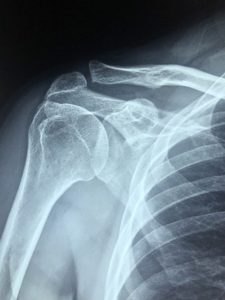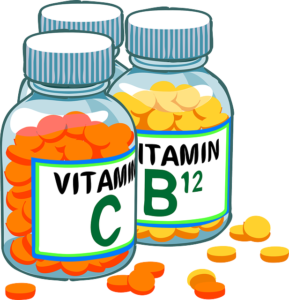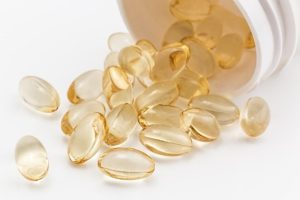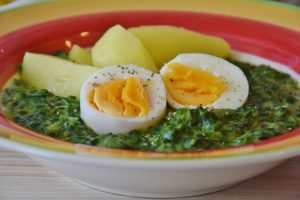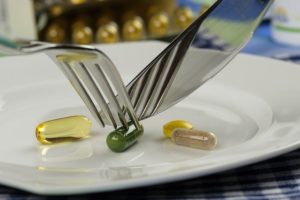The pain relieving expert challenges you:Let’s talk about a familiar problem. Food coma. Well… who have I caught? ![]() Let’s get started.Food coma or scientifically: “postprandial sleepiness” is a well-known problem. To a certain extent, it is normal to feel sleepy after eating, especially in the afternoon, but it is not natural.Reducing the sleepy feeling is possible by turning the adjusting screw on the diet.
Let’s get started.Food coma or scientifically: “postprandial sleepiness” is a well-known problem. To a certain extent, it is normal to feel sleepy after eating, especially in the afternoon, but it is not natural.Reducing the sleepy feeling is possible by turning the adjusting screw on the diet.
Foods with low net carbohydrate content (carbohydrates minus fibre) do not significantly affect blood sugar levels. Sugars and grains, including most processed foods, are broken down into individual sugar units and absorbed into the bloodstream. After the rapid digestion of carbohydrates, blood sugar initially rises, followed by a later, abrupt crash. This crash can make you sleepy. We are getting closer to the truth, aren’t we?
The body’s insulin spike, after a carbohydrate meal (high net carbohydrate) causes the amino acid tryptophan to be released more into the brain. Tryptophan is the precursor to serotonin, which helps with mood and sleep control. Some research suggests that larger meals can make you sleepier than smaller meals. When eating larger portions, the body has to expend more energy to digest the large amount of food. This makes you sluggish.
The increased digestive demands increase blood flow to the digestive tract. The blood is then lacking elsewhere, e.g. in the brain. It has also been found that the rise in blood sugar after a heavy meal can correlate directly with feelings of fatigue.
Let’s look at the approach: It makes sense to find a diet that minimises blood sugar peaks and avoids blood sugar crashes. How about a cyclical ketogenic diet? ??? ![]() ???
???
A diet that focuses on minimal net carbohydrates, moderate amounts of protein and high levels of healthy fats.It starts first with avoiding packaged, processed foods as much as possible. Reducing convenience foods (cereals) and all foods high in sugar, especially fructose, galactose and other sugars.
Wait… porridge… ![]() As a rule, you should reduce your net carbohydrates to 20 to 50 grams per day or less, and reduce protein intake to 1 gram per kilogram of lean body mass. What is the result for the body:
As a rule, you should reduce your net carbohydrates to 20 to 50 grams per day or less, and reduce protein intake to 1 gram per kilogram of lean body mass. What is the result for the body:
-Fat, not sugar, is used as the primary fuel (yes, even the already “grown ” fat)
-Optimisation of metabolism and overall health and fitness.
Does this work? You bet. I can recommend it.
That was a lot for a first time, wasn’t it?
Do you have any questions? Let me know.
See you next time.
Stay strong.
Matti




